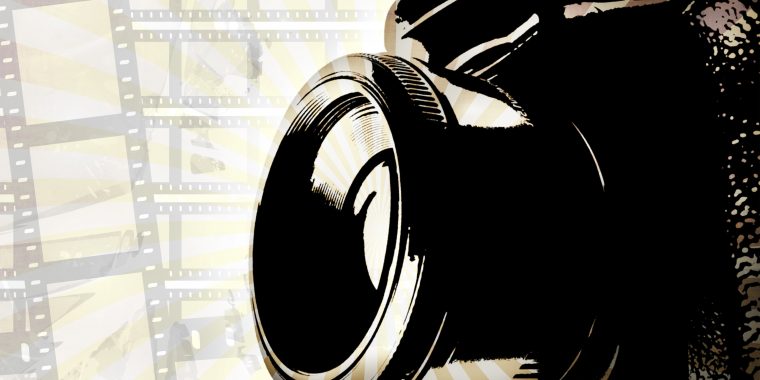
These days aperture cards are old news, and are gradually being replaced by digital systems. This said, many systems still use aperture cards for archives since they possess certain key advantages over digital media for storing information.
Aperture cards are ways of storing certain types of digital information. They consist of a stiff piece of card with square holes punched at precise locations in rows and columns, with a 35mm microfilm chip containing a microform image glued to the card. For this reason they are normally used for engineering drawings with the drawing being stored in the microfilm image, and the information about the drawing stored in the form of punched holes. As well as this there is often data printed on the card for easy identification when a person is looking through the aperture cards by hand.
How Aperture Cards Work
Although all work with aperture cards can be done manually, there are three aspects of aperture card archiving which one may desire to be automated for increased speed and efficiency:
Printing
The microfilm within aperture cards is are printed using a specialised laser to etch the images onto the microfilm. The holes may also be printed using a machine using either custom input data, or set to copy existing aperture cards.
Sorting
Each column on the aperture card has twelve rows. Sorting machines focus on one particular column set by the user, and classify cards based on the position of the punched hole in one of these twelve rows. The machines sort the cards into one of thirteen boxes; one for each punched hole row, and a final box for blanks and errors.
Scanning
Aperture card microfilm chips can be scanned with traditional scanning equipment, and an aperture card copying device is commonly used to copy cards for archival purposes.
Advantages
Aperture cards have an official shelf life of 100 years, but with the right storage conditions they could potentially last for much longer than this. They also offer the advantage of being entirely human-readable without the need for a computer (although the whole process can be made machine automated).
Disadvantages
There are several critical disadvantages of aperture technology which are driving their gradual replacement by more modern digital archiving options. The aperture cards require machinery with physically moving parts to handle and change between the cards. This machinery can be costly and slow (in comparison to digital archives), not to mention the enhanced cost of such a system compared to a more modern digital archive system.
An added disadvantage is the low resolution of microfilm images. This results in higher resolution images losing significant amounts of detail over time.
A further disadvantage of the aperture cards is the possibility of damage due to the nature of their construction: the flimsy microfilm window is simply glued over a hole in the rigid card. If this card is bent in storage the chip can detach and cause problems not only with identification, but also for the machinery designed to copy and read these cards.
The glue used can also cause cards to stick together when subject to excessive pressure or heat, causing further problems for the machinery used in their manipulation. This may lead to damage of machinery and therefore halting of your archiving operation, or the added expense of machine repair or replacement.
If, after these considerations, you still want to keep your film production process digital and modernized, you might want to check VFX LA to add some perfect visual effects and editing to your production.